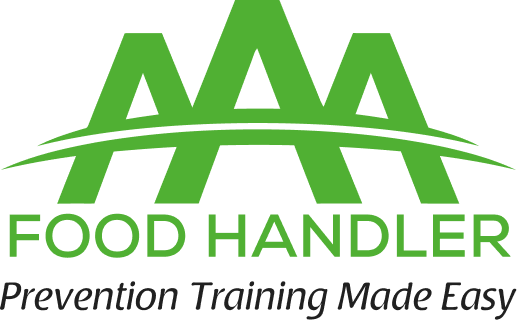KANSAS
FOOD HANDLERS CARD
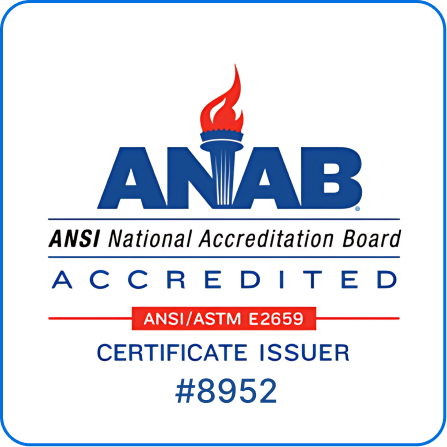
- ANSI National Accreditation Board (ANAB) Accredited
- Approved and Accredited in Kansas
- 100% Online, Accessible 24 hours a Day, 7 Days a Week
- Course Duration: 1.5 Hour
- Course Access: 3 Months from Purchase
- Owners/Managers: Manage, Track, and Report Employee Progress
- Certificate of Completion upon Successful Completion of Final Exam
- Exam Passing Score 70%
- 2 Chances to Pass the 40 Question Final Exam
- Languages Available: English, Spanish
- Bulk Discount Pricing Available
Our clients
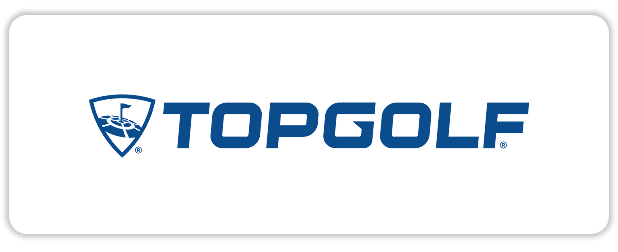
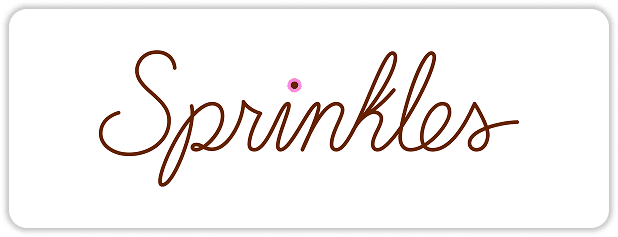

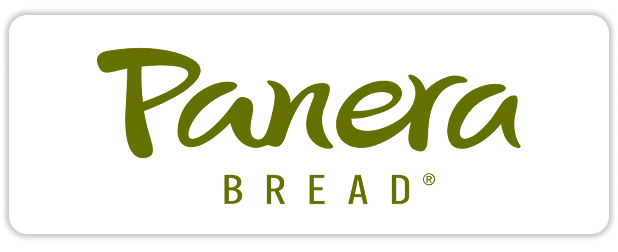
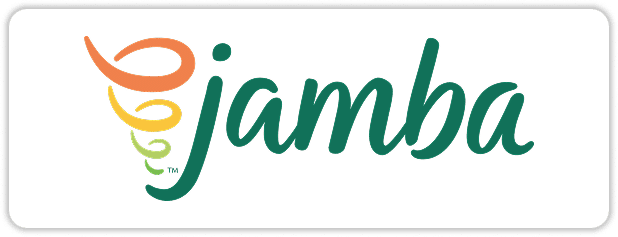

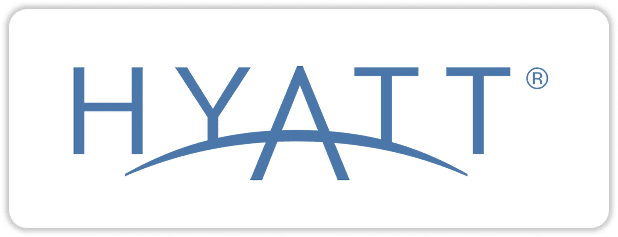
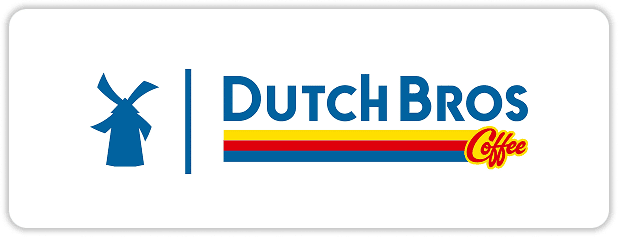
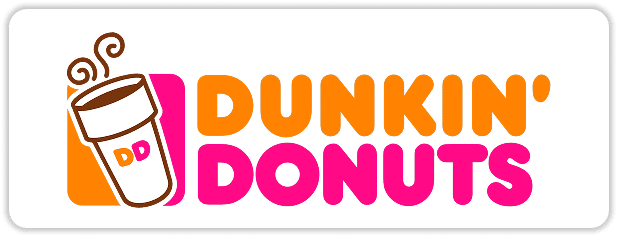
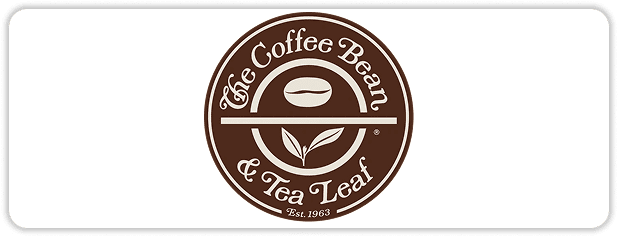
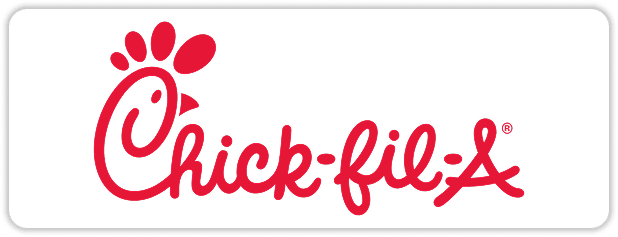
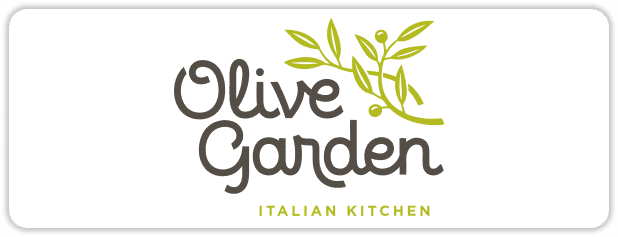
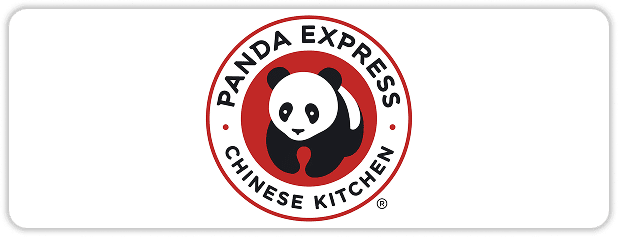
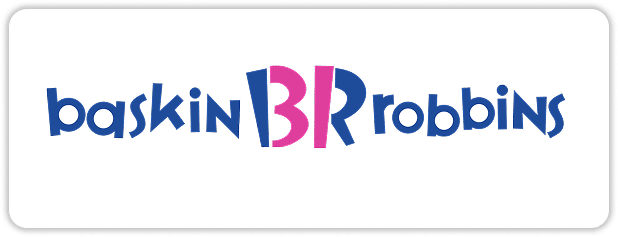
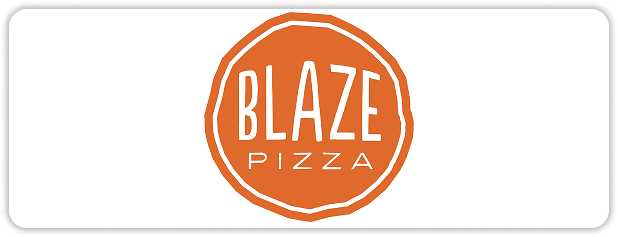
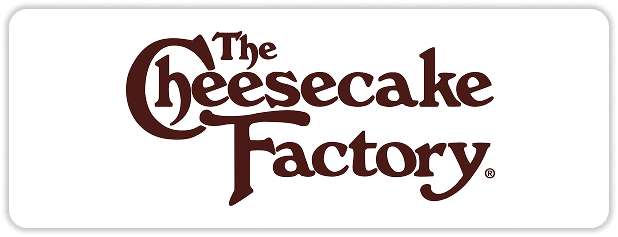
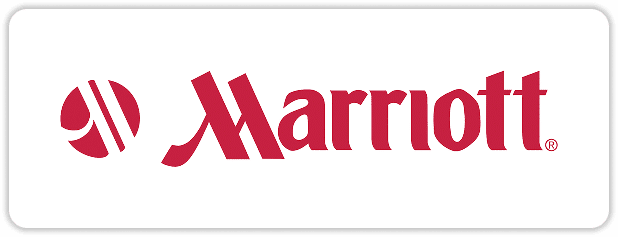

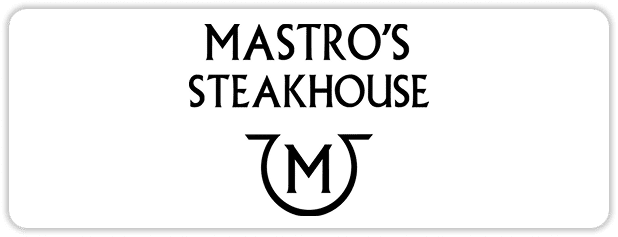
BENEFITS OF TRAINING
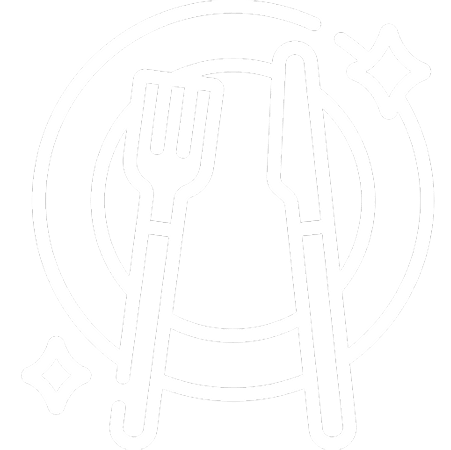
PREVENT
Education is the best tool to prevent, minimize, or eliminate foodborne illnesses and food hazards.
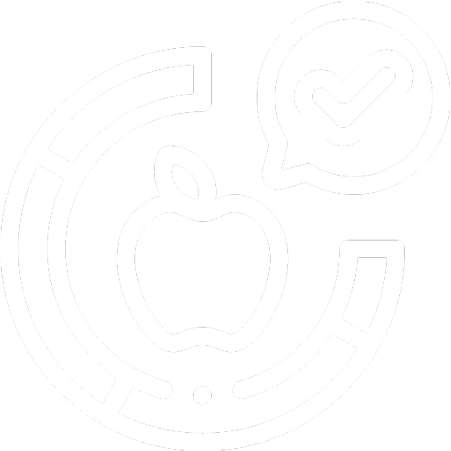
AWARENESS
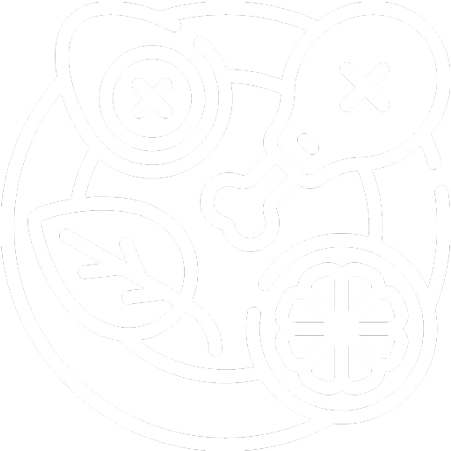
ELIMINATE
Training helps reduce or eliminate food safety hazards before they become major issues.

MINIMIZE
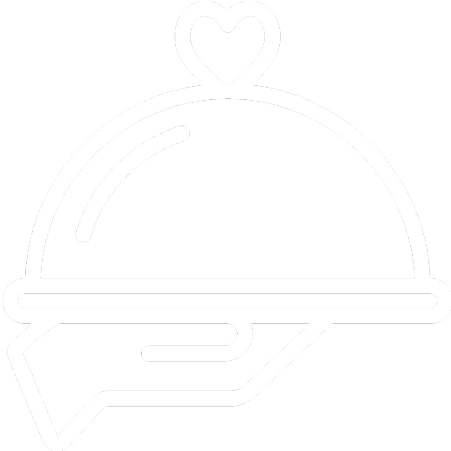
PRODUCTIVITY
Reducing food safety complaints will create a happier workplace and in turn increase productivity.
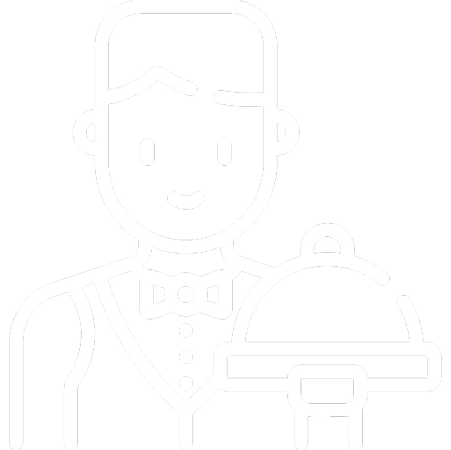
WORKPLACE SATISFACTION
WHY CHOOSE US

- Satisfaction Guarantee
- Online Interactive Course
- Meets and Exceeds State Guidelines
- Price Match Guarantee
- Owners and Managers: Manage, Track and Record Employee Progress
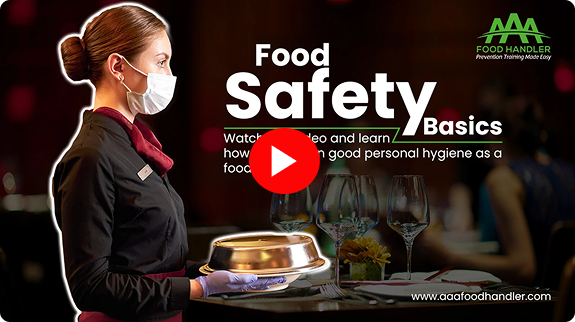
Getting Your Food Handler Card is Quick and Hassle-Free
Numerous professionals nationwide have already earned and renewed their card with AAA Food Handler — a trusted name in food safety training.
FREQUENTLY ASKED QUESTIONS (FAQs)
The Kansas Food Handlers Card is an online course that teaches the essentials of food safety, including personal hygiene, preventing cross-contamination, temperature control, cleaning procedures, and safe food storage. It’s 100% online, takes about 1.5 hours, and is available in English and Spanish.
To get certified, complete the online course and pass the final exam with 40 multiple-choice questions. You’ll need to score at least 70% and get two attempts to pass. Once you pass, you can instantly download and print your Certificate of Completion.
The Kansas Food Handler course is available for just $6.95. It’s one of the state’s most affordable food safety options.
The course is 100% online and accessible 24/7 on any device. You can learn and complete your course on your schedule anywhere in Kansas.
Yes, our course is approved and recognized across all Kansas counties. Whether you work in Wichita, Overland Park, Kansas City, Topeka, or elsewhere, this certificate meets state food safety course standards.
The Food Handler Certificate is available in English and Spanish to ensure it’s accessible to more food workers.
Most Kansas food handler cards are valid for 2 to 3 years. However, individual employers or counties may have specific renewal requirements. Be sure to check with your local health department.
To earn your Kansas Food Manager Certification, complete a training program accredited by the ANAB and pass the final exam. Once certified, you’ll receive a credential recognized statewide by local health departments and employers.
Completing this course gives you a competitive edge in the job market. It shows potential employers you understand safe food handling procedures, which helps reduce the risk of foodborne illness and makes you a more attractive hire.
You can visit the Kansas Department of Agriculture – Food Safety & Lodging Program for official food safety laws, inspection information, and additional resources for food workers.
Once you enroll, you’ll have access to all course materials for 3 months. It allows you to review lessons, refresh your knowledge, and reprint your food handler card.
Kansas permits the sale of safe, non-potentially hazardous foods in a home kitchen. This typically includes cookies, breads, jams, jellies, dry spice blends, candies, and similar goods that do not need refrigeration.
Yes. Group purchase options and bulk discounts are available. You can assign employees the Kansas food handler certificate course anytime, track their progress, and ensure they meet food safety requirements efficiently.
For official food safety guidance in Kansas, contact the Kansas Department of Agriculture, 1320 Research Drive, Manhattan, Kansas 66502.
No, Kansas does not require food safety training for homemade food producers. However, completing an ANAB Accredited Food Handler certificate is strongly recommended to ensure safe food handling practices and enhance consumer confidence in your products.
